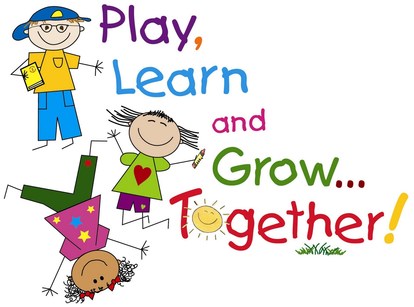Level 1: Creating a Caring Community
|
"Collaborating with students to develop responsibility starts with engaging students in co-creating a caring classroom community.” (Villa, et.al., 2010)
Creating a caring community is the process by which we develop the relationships and the atmosphere that allows each student to feel safe and learn. |
Strategies:
Villa, R.A. Thousand, J.S. & Nevin, A.I. (2010). Chapter 9: Students as Collaborators in Responsibility, Collaborating with Students in Instruction and Decision Making, Thousand Oaks, CA: Corwin Press, p. 171-188
Wong, H. & Wong, R. (1991, 1998, 2001, 2009, 2013) The First Days of School: How to be an effective teacher. Harry Wong Publications.
Olson, Kristen. (2009). Wounded by School: Recapturing the joy in learning and standing up to old school culture. New York, NY: Teachers College Press.
Kohn, Alfie. (1996). Beyond Discipline: From compliance to community. Alexandria, VA: Association for Supervision and Curriculum Development.
Brackett, Marc & Kremenitzer, Janet. (2011). Creating Emotionally Literate Classrooms: An introduction to the RULER approach to social and emotional learning. Port Chester, NY: National Professional Resources, Inc.
Strategies:
- Be professional- attitude, dress, work ethic (Wong, 1991) Be ready each day to give the scholars my best.
- Be welcoming, greet each student with a handshake everyday (Olson, 2009)
- Build relationships: Let the students get to know me, survey the students to help me get to know them. (This is just the start.)
- Establish procedures: pathways that enable the students to understand and anticipate what they need to do. (Wong, 1991)
- “Prime time” : establish procedures so that class starts by itself, no wasted time.
- visible: make the procedures visible, easy to see and comply.
- Consistency: (Wong, 1991) Be reliable, stable, trustworthy, (also, see procedures.)
- Positive, high expectations : believe that your students will succeed. (Wong, 1991)
- call each student by name
- Say please
- Use thank you
- Smile
- Love them
- Team building: class and school-wide project to build community (Khon, 2001)
- Circles (class meetings): circles enable equal sharing (Pranis, 2014)
- talking piece: designates one student as speaker so that every voice can be heard
- used for content and conflict (80% positive, 20% conflict resolution.)
- Democracy: directorships, allow students to take care and be responsible for other students.
- Engaging curriculum (Kohn, 2001)
- Prepare the classroom (Wong, 1991)
- seating arrangement:
- safe haven: caring relationships, safe, organized classroom (Wong, 1991)
- Classroom contract: The agreement of students and teacher to how they will take care of each other. This will set the basis for “rules” for the classroom. (Brackett, Kremenitzer, 2011)
Villa, R.A. Thousand, J.S. & Nevin, A.I. (2010). Chapter 9: Students as Collaborators in Responsibility, Collaborating with Students in Instruction and Decision Making, Thousand Oaks, CA: Corwin Press, p. 171-188
Wong, H. & Wong, R. (1991, 1998, 2001, 2009, 2013) The First Days of School: How to be an effective teacher. Harry Wong Publications.
Olson, Kristen. (2009). Wounded by School: Recapturing the joy in learning and standing up to old school culture. New York, NY: Teachers College Press.
Kohn, Alfie. (1996). Beyond Discipline: From compliance to community. Alexandria, VA: Association for Supervision and Curriculum Development.
Brackett, Marc & Kremenitzer, Janet. (2011). Creating Emotionally Literate Classrooms: An introduction to the RULER approach to social and emotional learning. Port Chester, NY: National Professional Resources, Inc.

